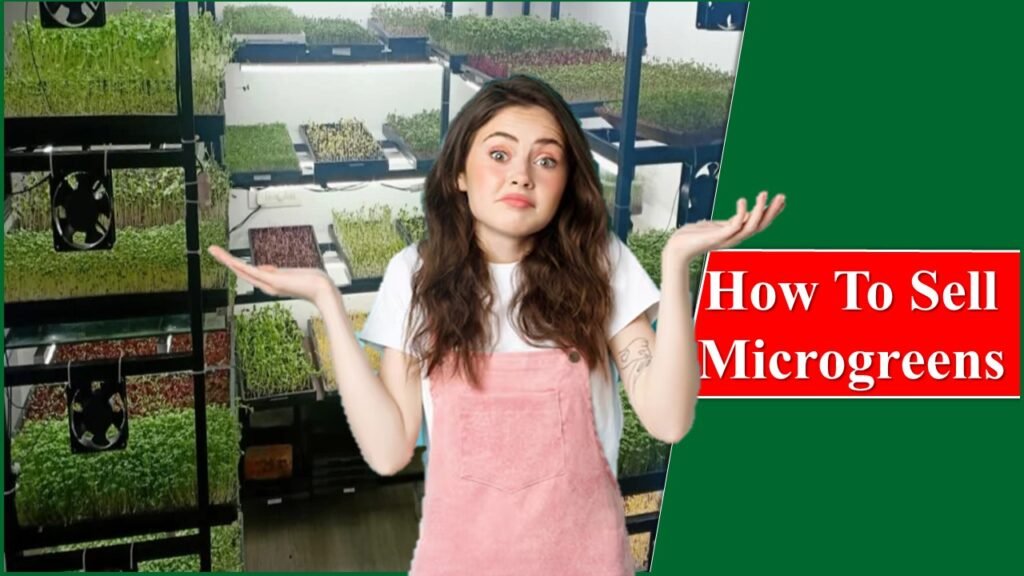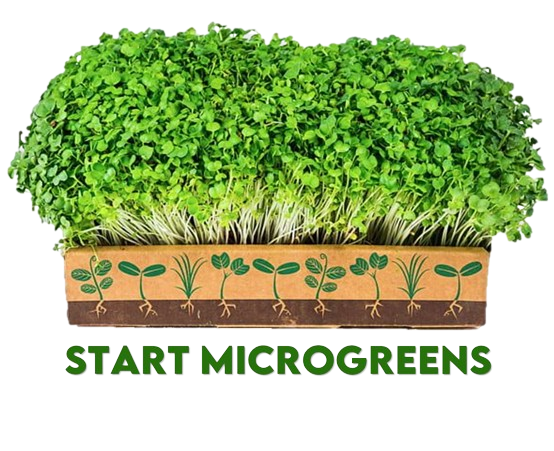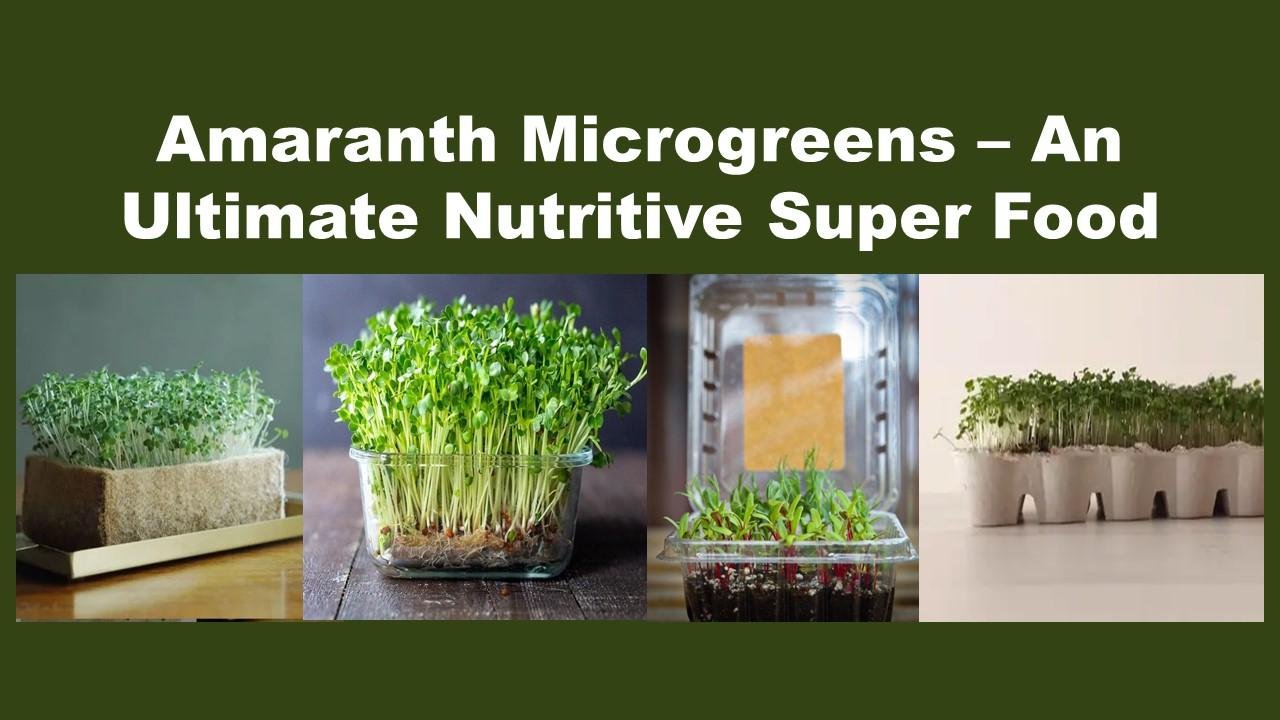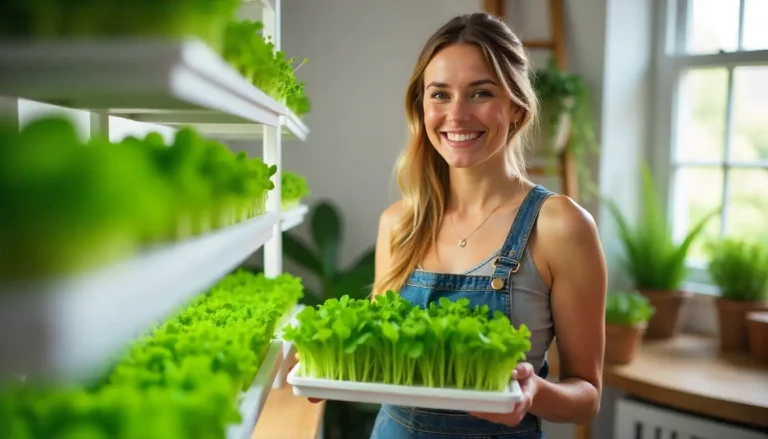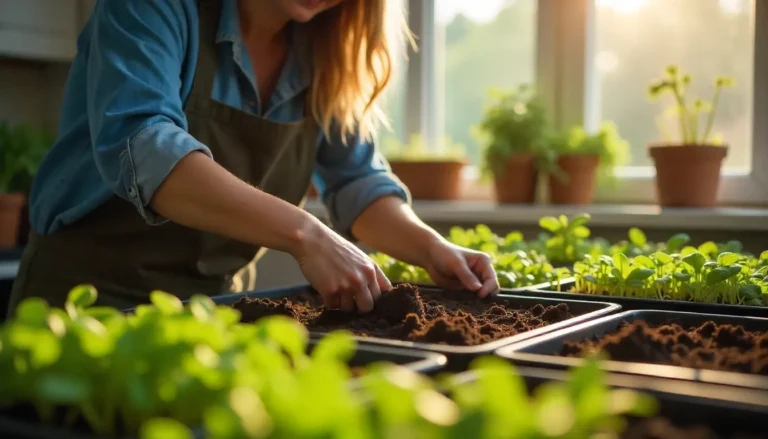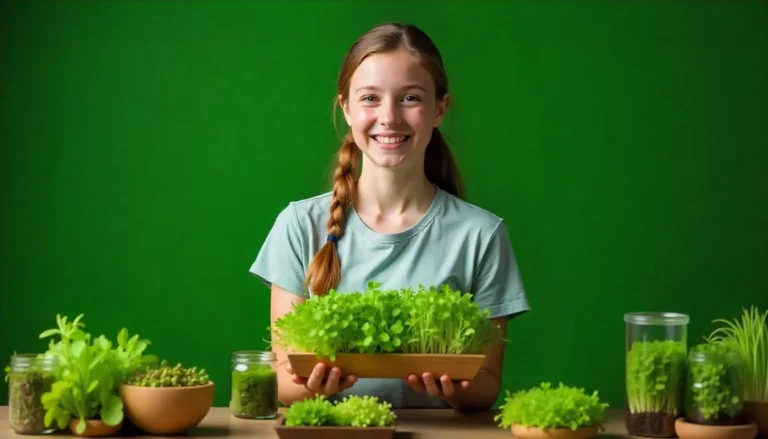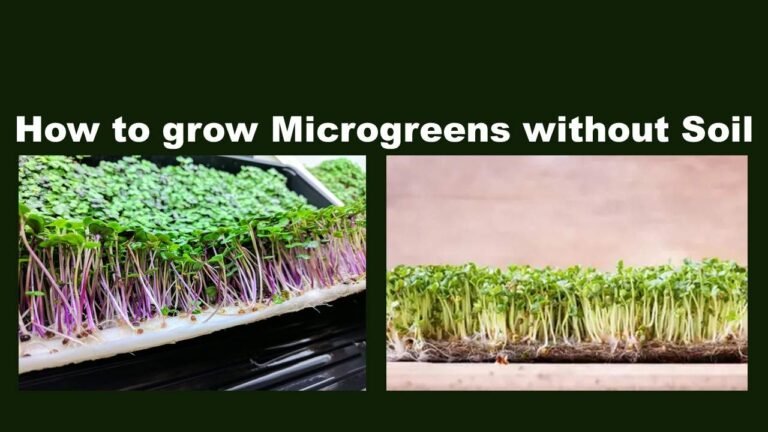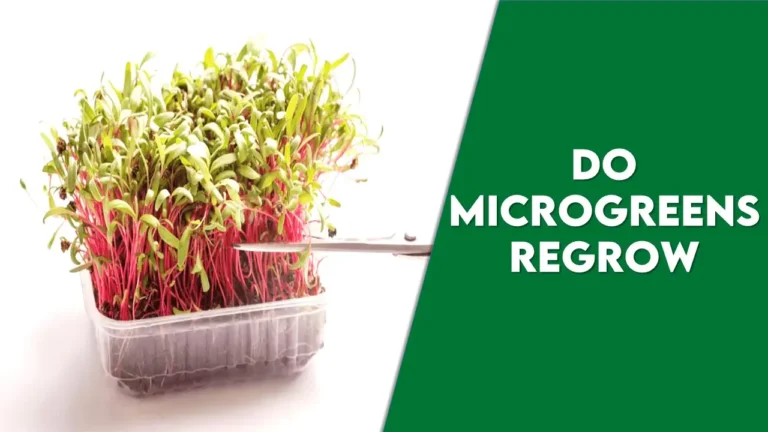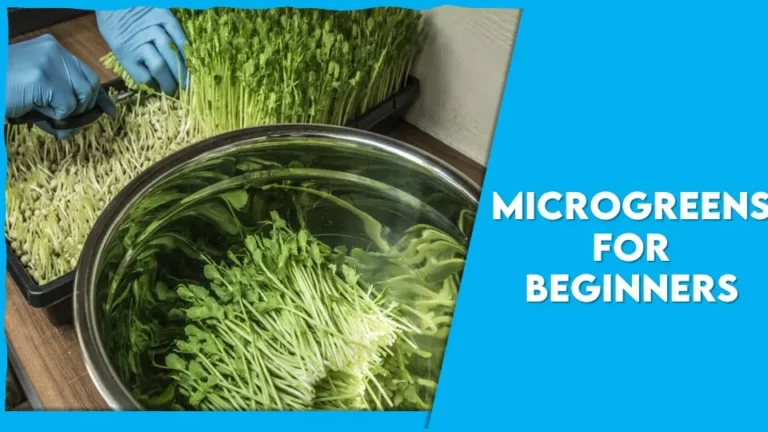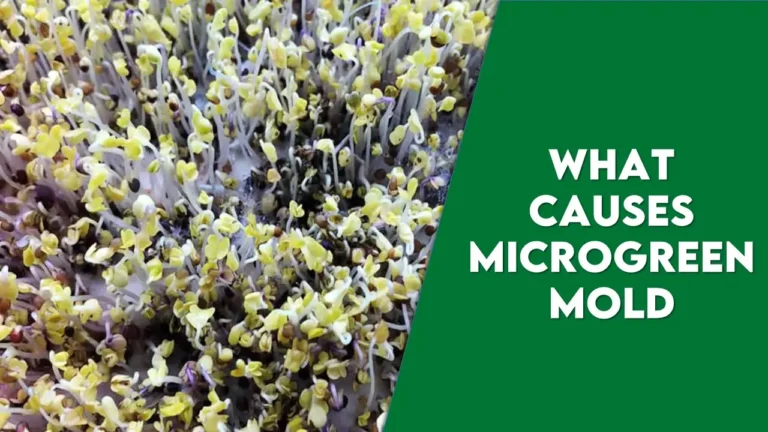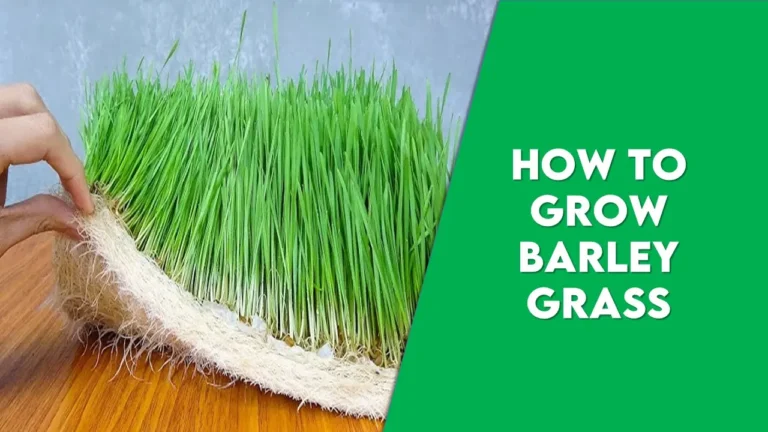Welcoming the audience to the world of DIY’s (Do It Yourself)! Growing your food is an immense way of reward that you can give yourself. With people lacking time these days, space is also a constraint to growing their own food at home. Surprisingly, these microgreens do not require much time and space and can be grown anywhere in your vicinity. It is easy and simple to grow your microgreens and bring freshness to your daily life.
There are many methods and materials available in the market but still crafting your own trays will offer a creative and sustainable approach that allows you to cultivate freshness right at your home. It enhances our plates along with our health.
These days DIY microgreen trays have emerged as an innovative solution that brings comfort at your place. These tiny greens offer you a treasure of taste and health. Customising your own trays creates a sense of aesthetic innovation making it accessible to bring nature into your lifestyle.
In this comprehensive guide, I will reveal the secrets of crafting your trays most economically. We will get through every step of selecting materials, crafting containers, and nurturing the fresh greens with detailed instructions. Are you ready to dive into this journey? Let’s begin the journey and witness the magic of cultivating freshness.
What makes a DIY Microgreen Tray an ideal container?
The size of the container
The microgreens’ roots do not go too deep as they are harvested when young. During its entire growth period, it only requires a few inches of soil media so the preferred container should be a shallow one that is not more than two inches high.
Scope of drainage
The microgreens should always be protected from water logging conditions as this may lead to fungi and mold development. For this reason, prefer a tray or container that has drainage holes that help in draining excess water. If not, you can make small holes in the existing container that function in the same way as the ones with holes.
Light in weight
The trays should preferably be light in weight. This helps you carry or maintain it easily and can be moved conveniently as and when needed. Not a mandatory thing to keep in mind but is important when it comes to your convenience.
Toxic free
The container being used should be clean and free from any kind of stains or toxic material. Contamination by any means can affect the growth and yield. Mind the hygiene when choosing one. The container should also be free from odors if you’re choosing a closed one. These odors can affect the taste and flavor of the microgreens as well.
Why should we opt for DIY Microgreen Trays?
Though there are many handy and fascinating containers available out there. These DIYs often take a unique place and serve as the best alternatives for environmental lovers. Here are a few reasons that make them special and easy-to-go options.
Cost-effective: Recycling or Reusing the existing containers reduces resource consumption and also cuts down the costs incurred in purchasing the material. These would be readily available and eliminate the need to purchase.
Easy availability: As the DIY microgreen containers are self-made with the available material, you need not wait for the perfect container to buy and start the process. You can begin the growing procedure as and when needed as everything is readily available within your space. All you need to do is just remodify them and reuse them accordingly
Environmental sustainability: To reuse things, we are contributing to the sustainable ecosystem by reducing the carbon footprint. The reduced need for manufacturing new containers directly minimizes the impact on the environment thereby promoting sustainability.
Fun-filled activity: There is more joy in recreating things from scratch. This would be one of the best hobbies to be adopted by the kids which is enjoyable. It also creates a visual appeal to your indoor spaces. This in turn encourages creativity and also reflects the cognitive domain of the individual.
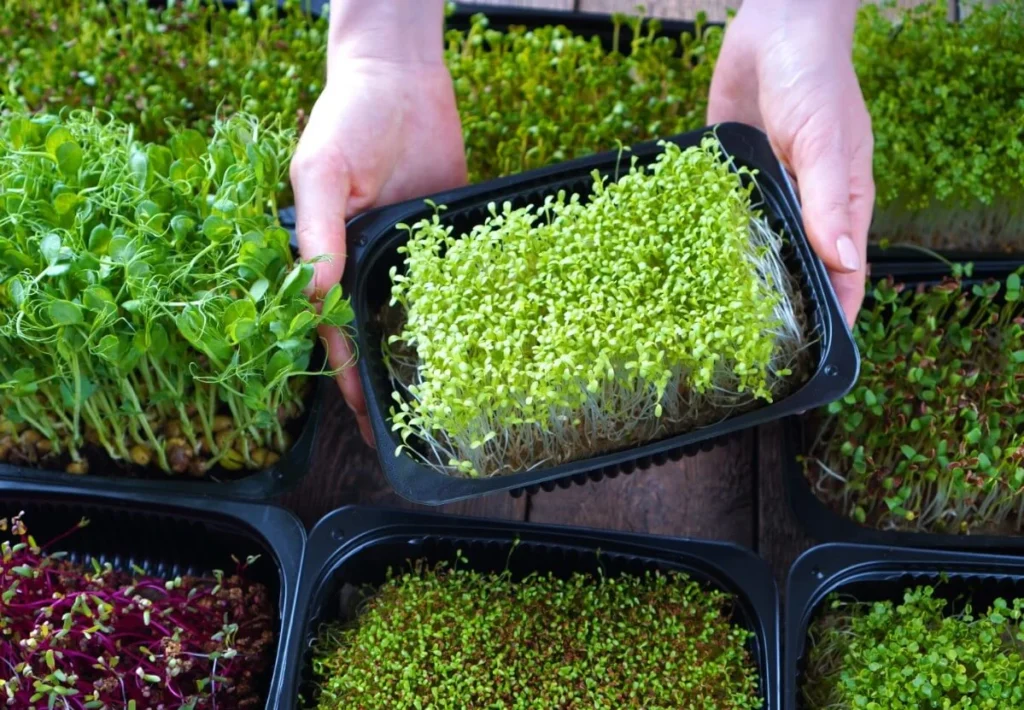
Here are some of the Creative ideas for DIY microgreen Trays
Coconut shells: This may cost you around twenty rupees probably
Coconut shells are one of the most sustainable and eco-friendly options for growing microgreens in your vicinity. Firstly, you need to clean and dust out the coconut completely. Any kind of fiber or coir adhered to it must be scraped off. Drainage holes are to be made at the bottom of the shell using a drill. This allows the excess water to drain off thus avoiding waterlogged conditions. These shells have to be placed in a plate or tray to catch up the additional water.
And now, the most charming and easy DIY microgreen tray is ready! From now on, make sure to store the coconut shells instead of disposing them. These simply add a rustic touch to your indoors when planted with greens.

Egg cartons: It might cost you around sixty rupees
If you wanna grow different choices of microgreens in a single go, egg cartons are an excellent option. These can be easily picked by beginners. They are convenient to set up in a limited space. The different compartments of the egg carton make the growing process easy and simple. Ensure that the cartons are clean and dry. Apart from the cartons, empty egg shells can also be reused for growing the microgreens when the tops are carefully removed. Drainage holes can be made to the shell with a needle. Mind the sensitivity of the shells when reusing them to grow greens.
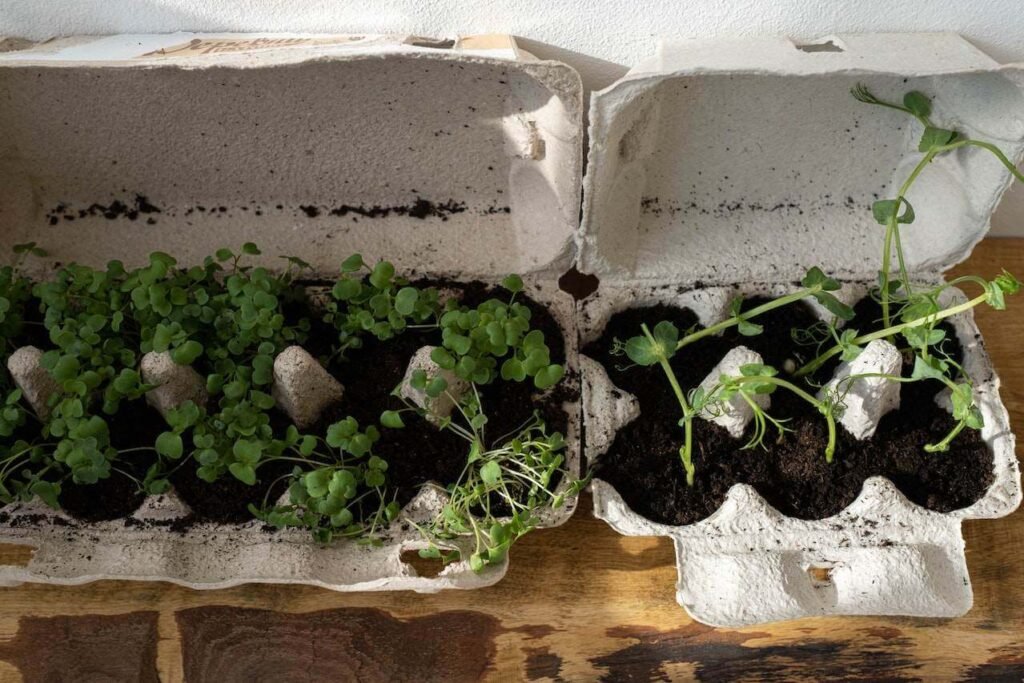
Disposable Ice Cream cups: Of course, this costs you an ice cream
Even had an ice cream and thrown away the cups? You actually did it right. I do not mean to reuse the same cup. All I would like to tell you is use the empty unused cups. Yes, you heard it right! The full bundle of plastic disposable cups can also be put into use for growing microgreens. Puncture a few small drainage holes with the help of a sharp tool. Make sure the cup does not get damaged. These cup planters must be placed in a good sunshine area for healthy growth. These are readily available options for growing microgreens and are budget friendly.
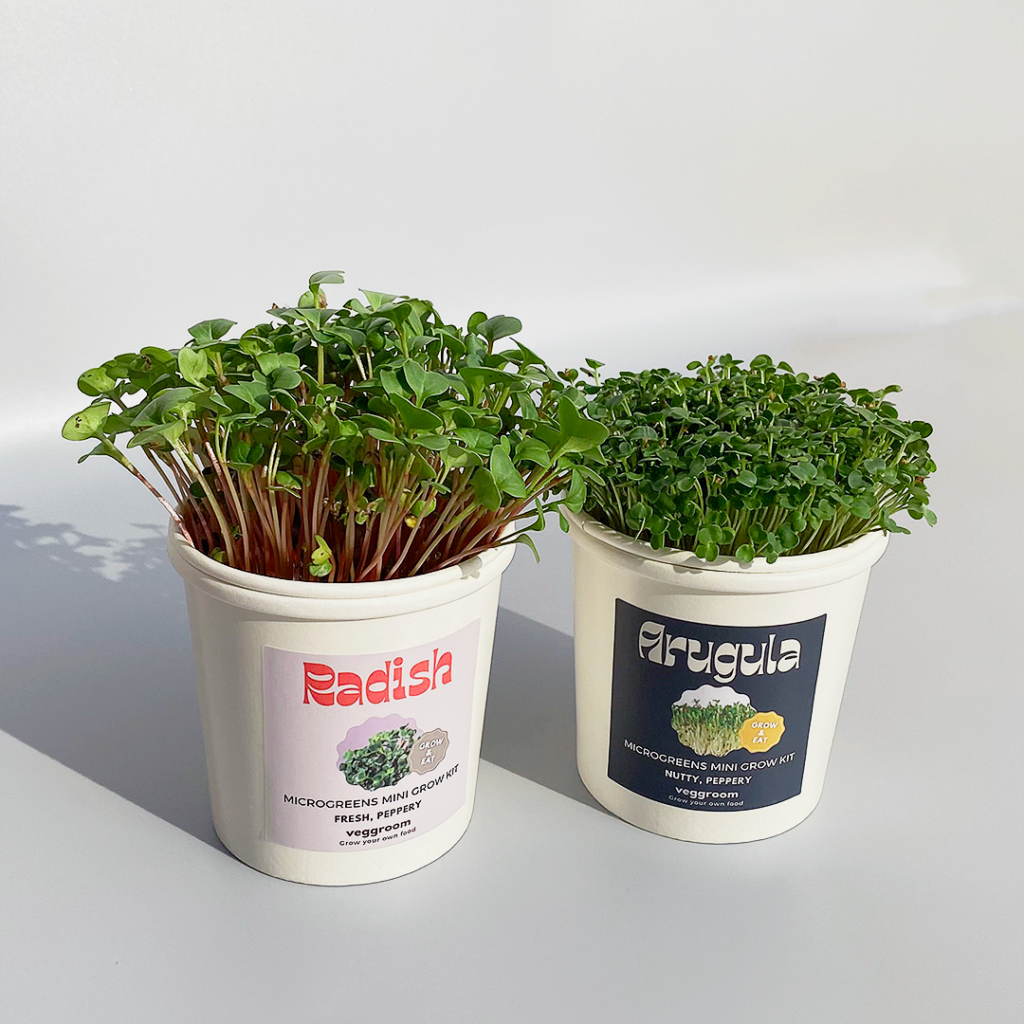
Cupcake trays: This cost may depend on the brand and type of cupcake you buy, each cupcake cost may usually be around fifty rupees
Muffin trays or cupcake trays are one of the cutest and most fabulous containers for growing microgreens at your home. The trays that remain as such when the cupcakes are not being made also find their use as perfect DIY microgreen trays. Both the silicone and metal trays can be used for the process of growing. But the problem here is drainage holes cannot be made as it may damage the entire tray making it nonfit for muffins again. Any old muffin trays can be used for this purpose.
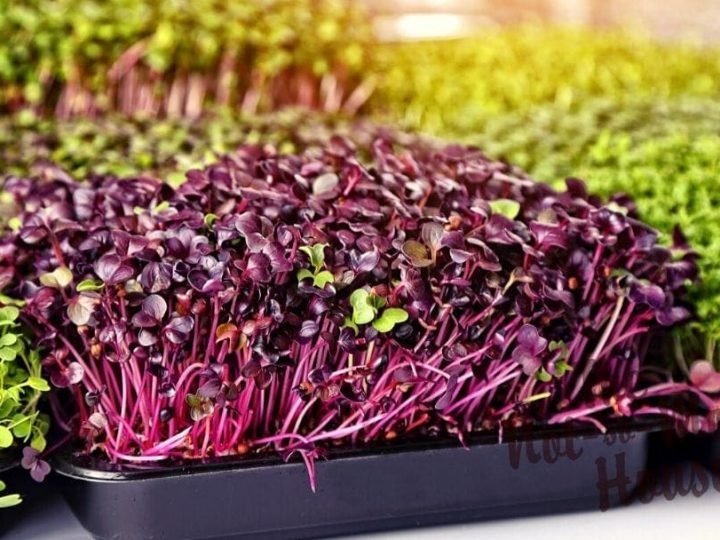
Newspaper trays: Though you can reuse the old newspaper if you are ready to buy one, each newspaper costs around five to ten rupees.
Newspaper trays are one of the most biodegradable and eco-friendly containers used to grow microgreens. These are also some of the finest DIY microgreen containers that can be customized as per our needs. They can be molded into different shapes and sizes making it one of the best and most easily accessible containers. These are the best alternatives to the traditional trays. A set of newspapers is to be taken and folded into the shape you desire. A film of polythene lining should be given to prevent it from wetting. The only limitation is that it does not support heavy weight and can be handled only with lightweight growing media like cocopeat.
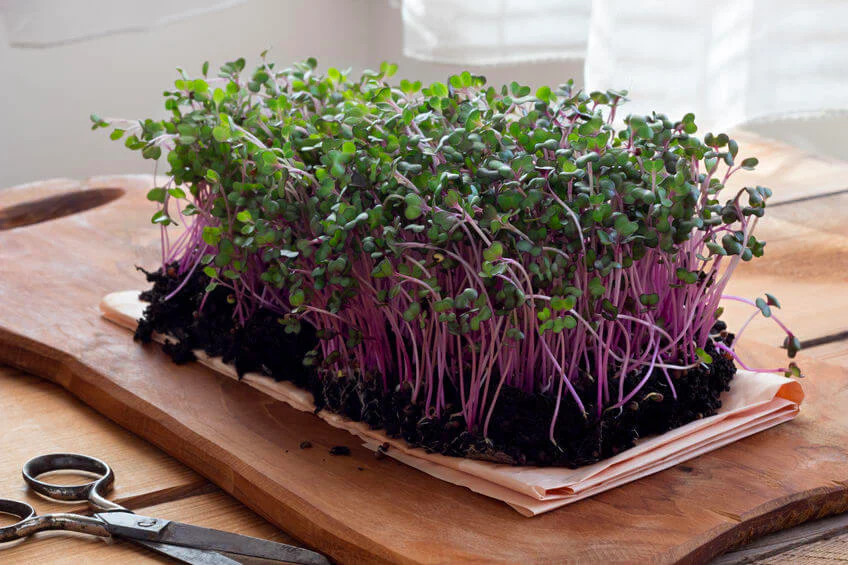
Plates of Plastic pot: Each plate cost starts from five rupees
This time whenever you are buying a plastic deluxe pot with the plate attached, make sure to buy additional plates. These plates do offer the best growing experience as they do resemble the normal trays except the fact that they lack drainage holes. These are just like the normal trays and can be used for growing microgreens after making the drainage holes as needed. They are easy to handle, easy to maintain, and do not create any mess during the entire growth process.
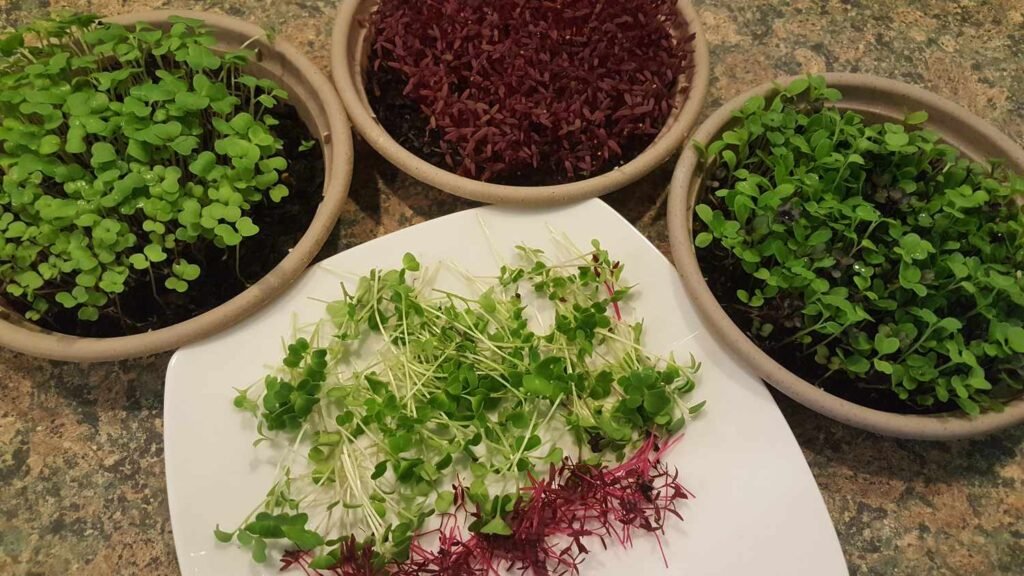
Plastic Trays | Image credit : Treehugger
Conclusion
The concept of DIY Microgreen trays not only creates a tiny green world but also begins a journey toward sustainable living. This paves a small path of journey towards creativity and self-sufficiency as well. The utilisation of everyday items present in and around you will enhance the conscious living by mindful reduction of wastes in a way that fosters the betterment of the environment.
Crafting your thoughts in an affordable range with hands-on creativity is more than learning and exploring the things that were never thought of. To reap what you sow is one of the best treasures you can offer yourself. It also creates a sense of connection to the food we eat. Growing what we eat is a form of showing love towards you and nature. I feel the article is quite informative. Please let us know your thoughts on DIY and also kindly drop your own DIY ideas to reach out to many people.
Latest Post
- Most Popular Microgreens to Grow
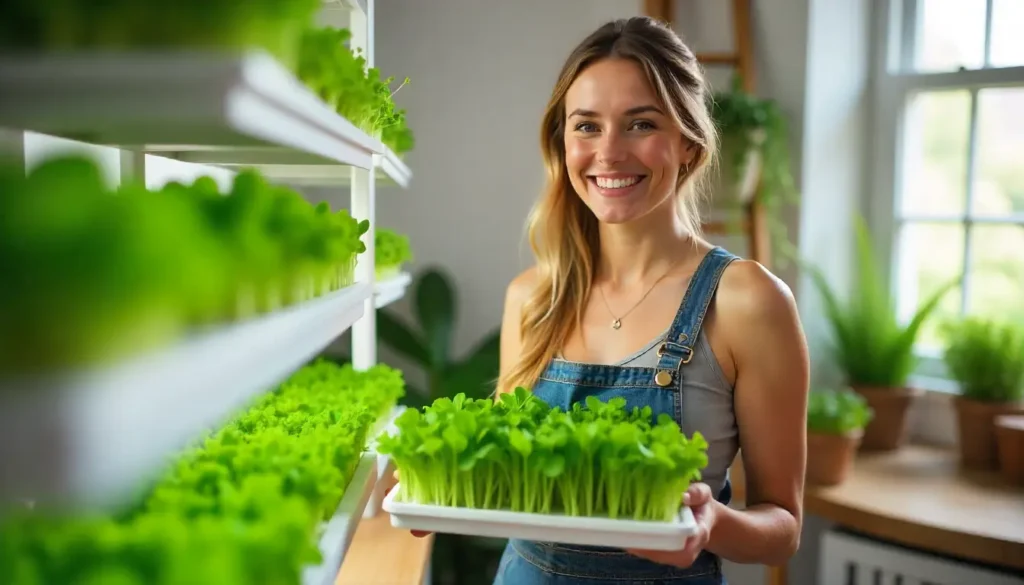
- Filling Trays and growing of Microgreens
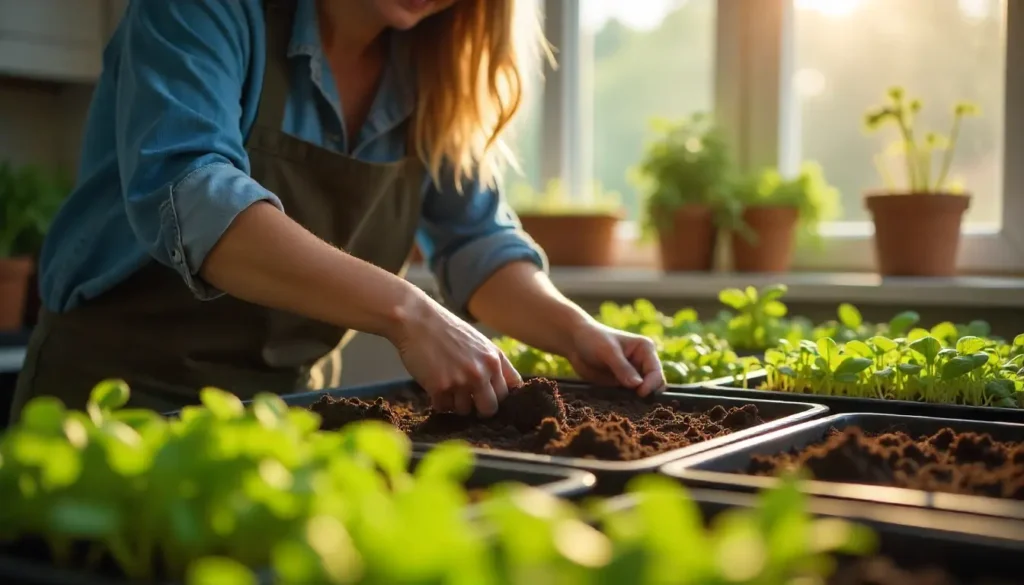
- Different Ways to Grow Microgreens at Home
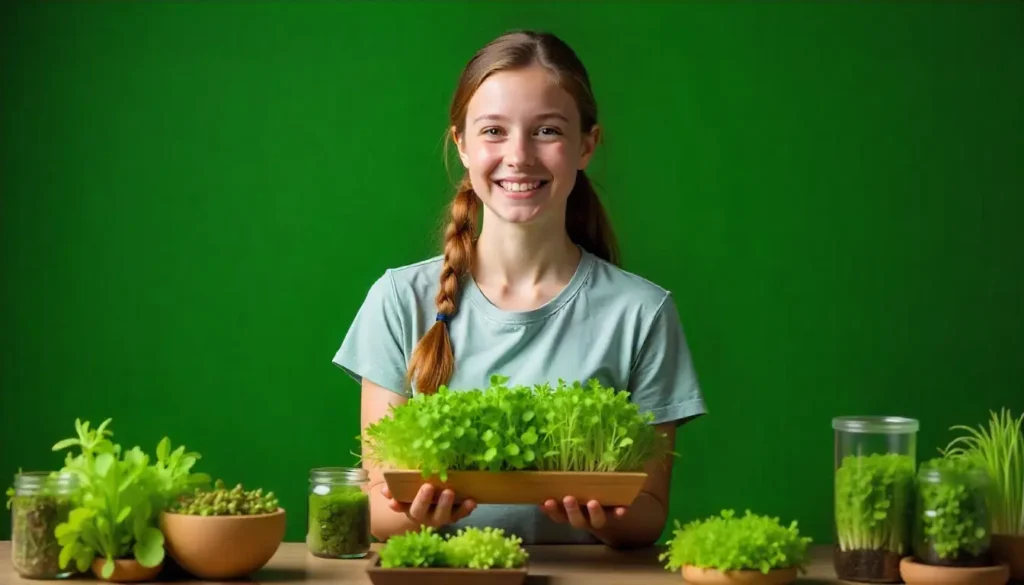
- Different Types of Microgreens and Their Benefits

- Sprouts vs Microgreens
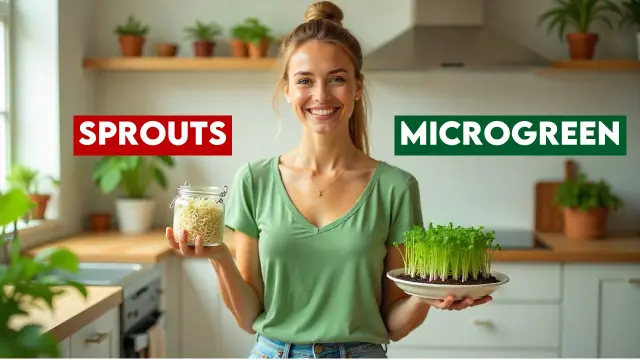
- What Causes Microgreen Mold?
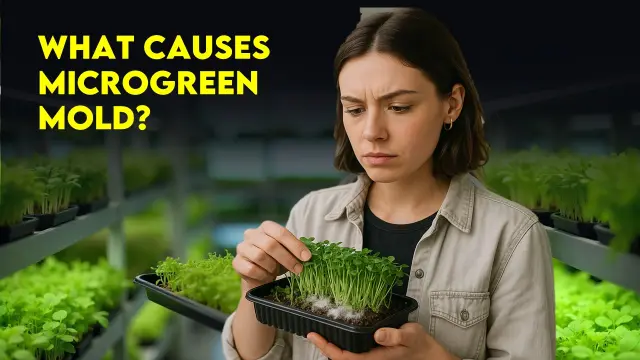
- Disadvantages Of Microgreens ? 3 things you must know
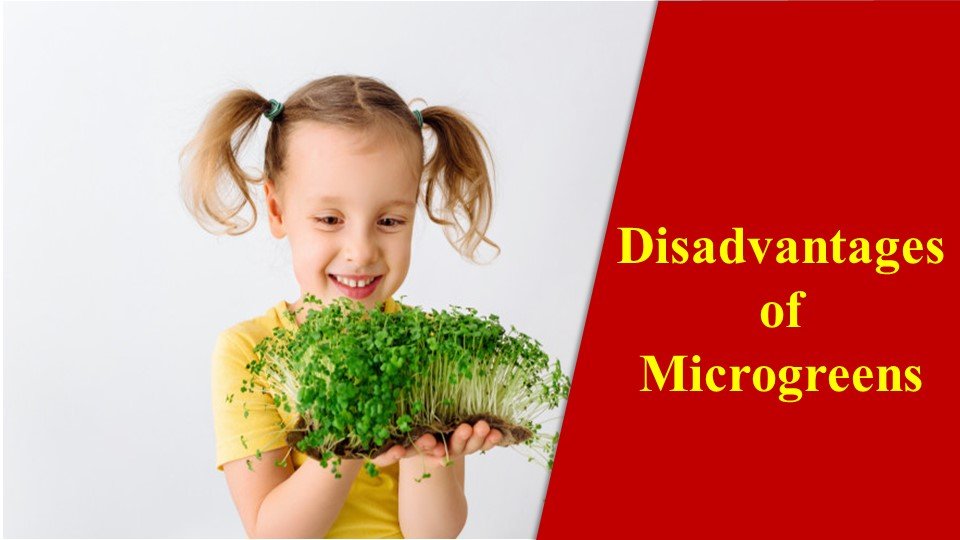
- Get The Ideas On Where To Sell Microgreens: The 6 Best Ways

- How to grow Microgreens without Soil: Easy tips for Gardener
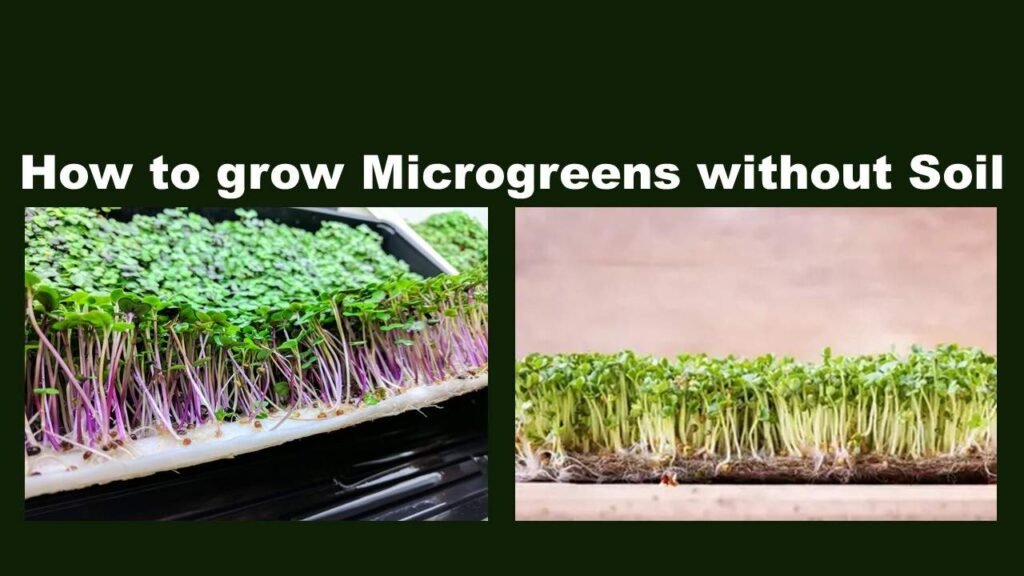
- top 10 Most Profitable Microgreens In The Us
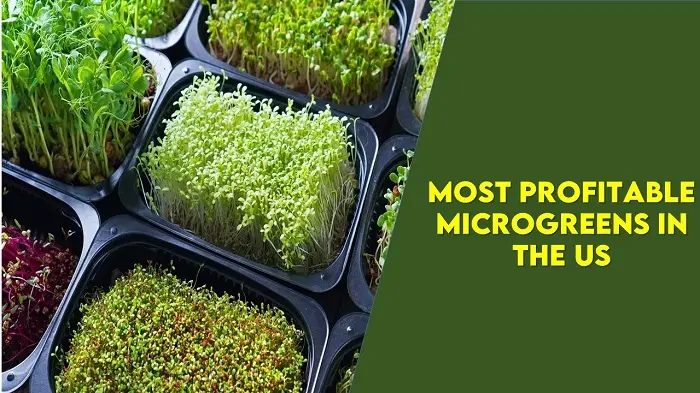
- Do Microgreens Regrow? – Best Ways To Regrow Them
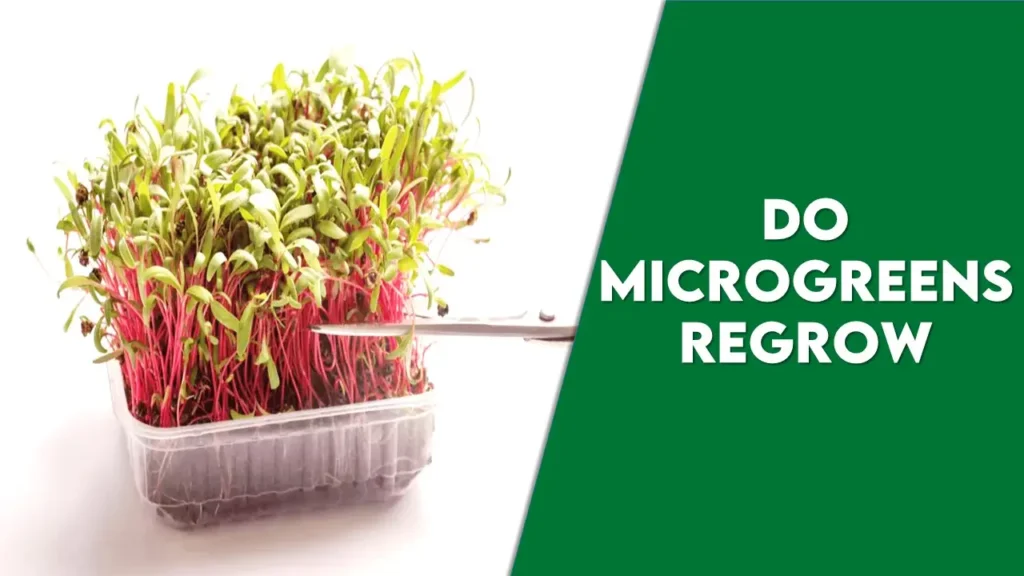
- Who Invented Microgreens ?- Revealing All The Hidden Truths

- 5 Easy Microgreens For Beginners
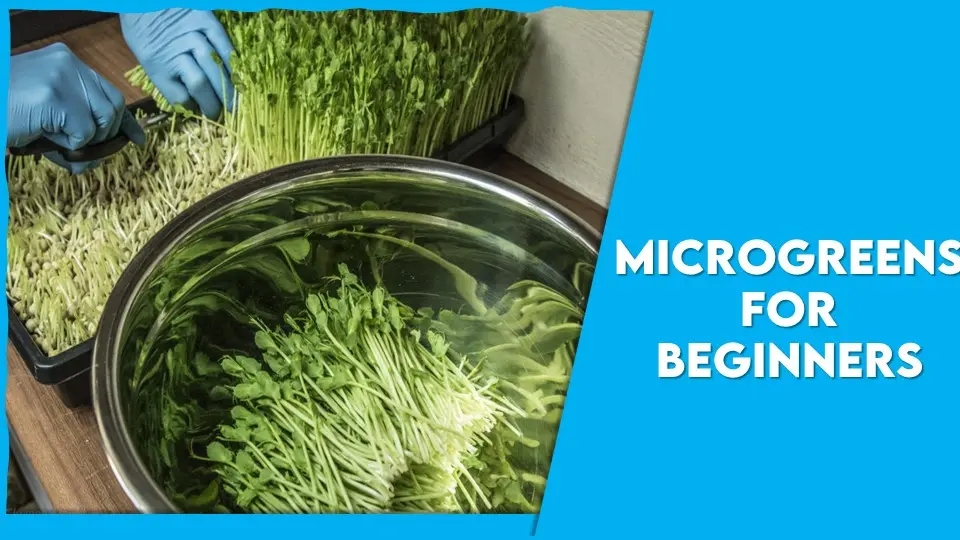
- What Causes Microgreen Mold – A Big Threat To Microgreens
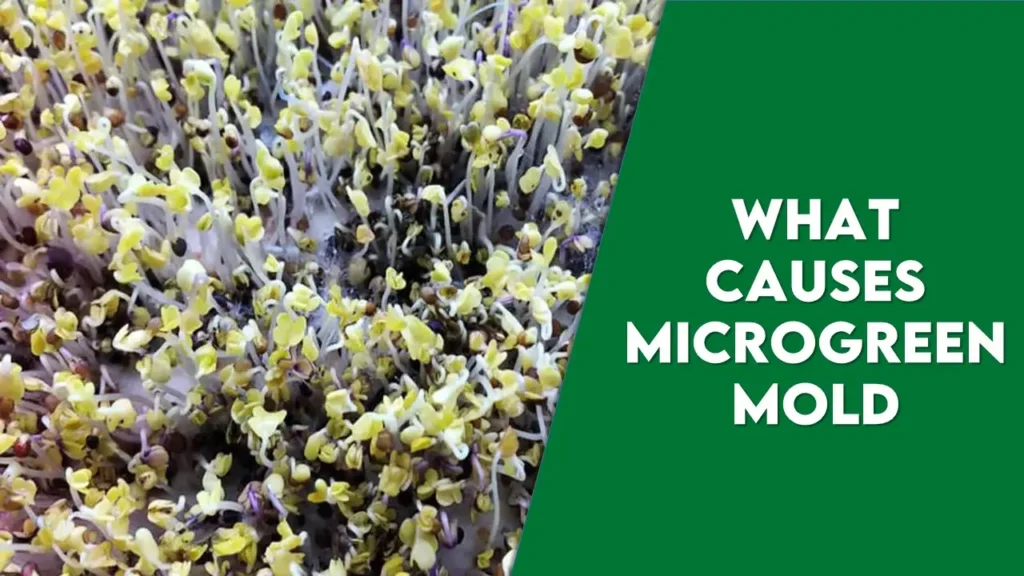
- How To Grow Barley Grass – A Seedling To Amazing Superfood
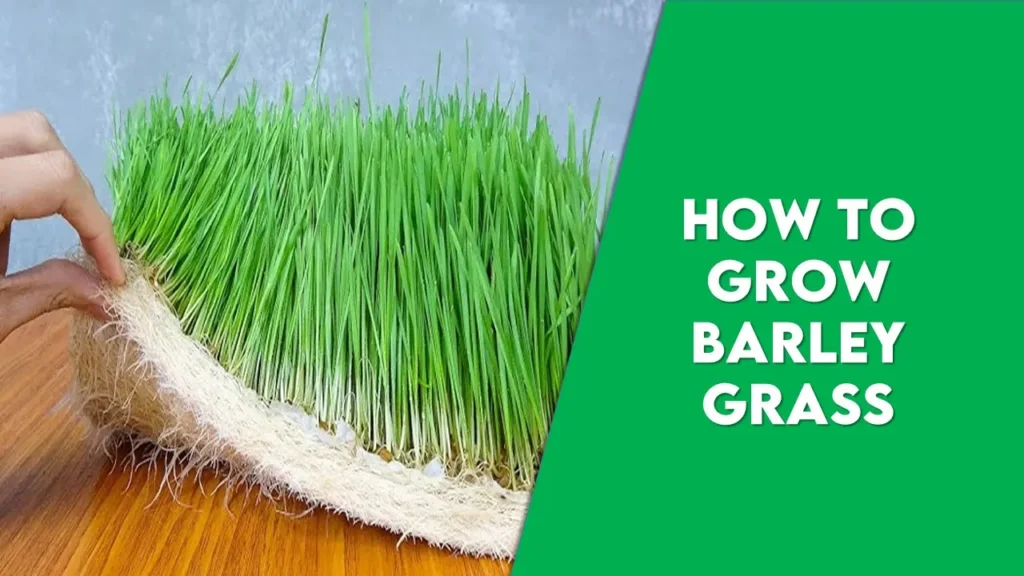
- Microgreens vs Sprouts – Are They Same? – Let’s uncover the Facts
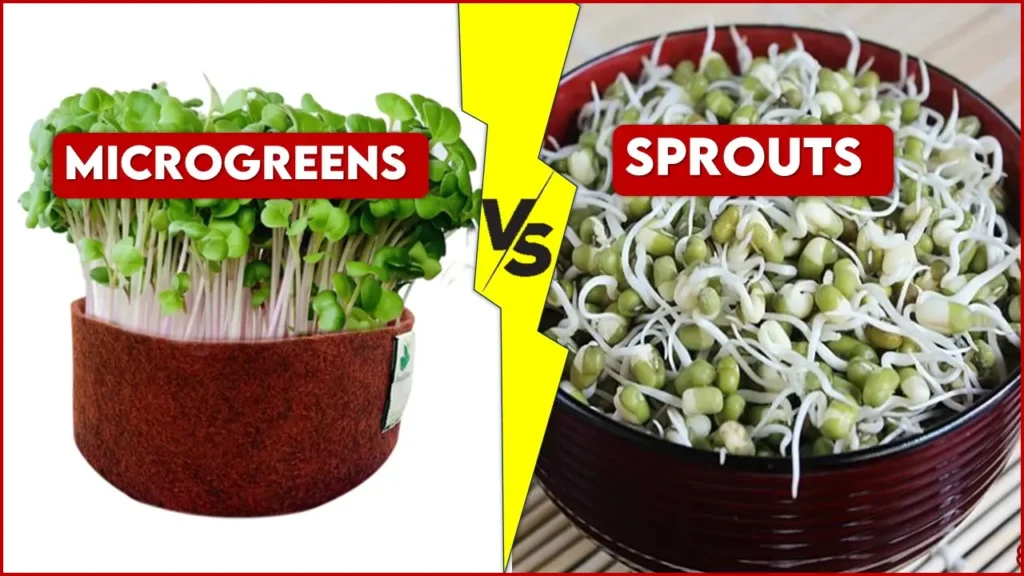
- Do I Need A License To Sell Microgreens – Things To Be Noted
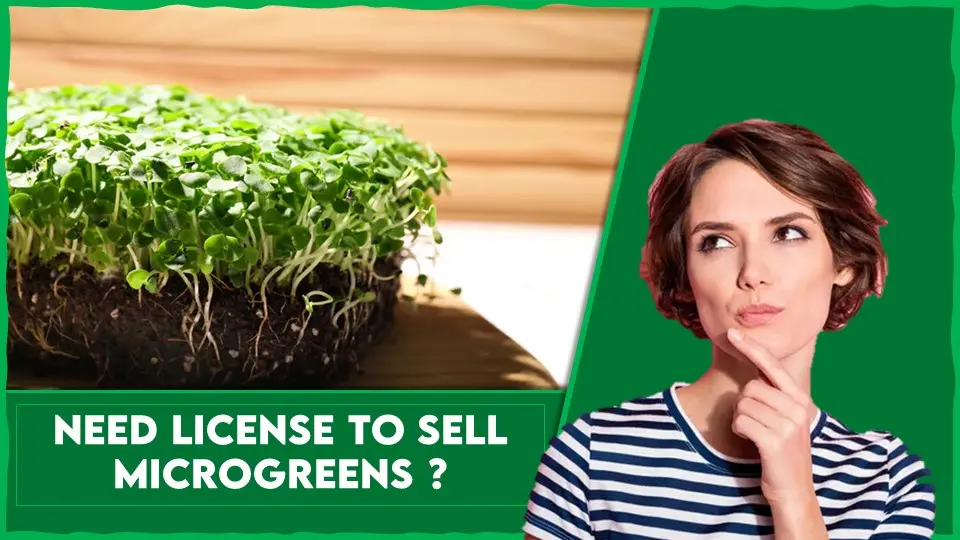
- Microgreens Business – A New Boost To Entrepreneurial Revolution
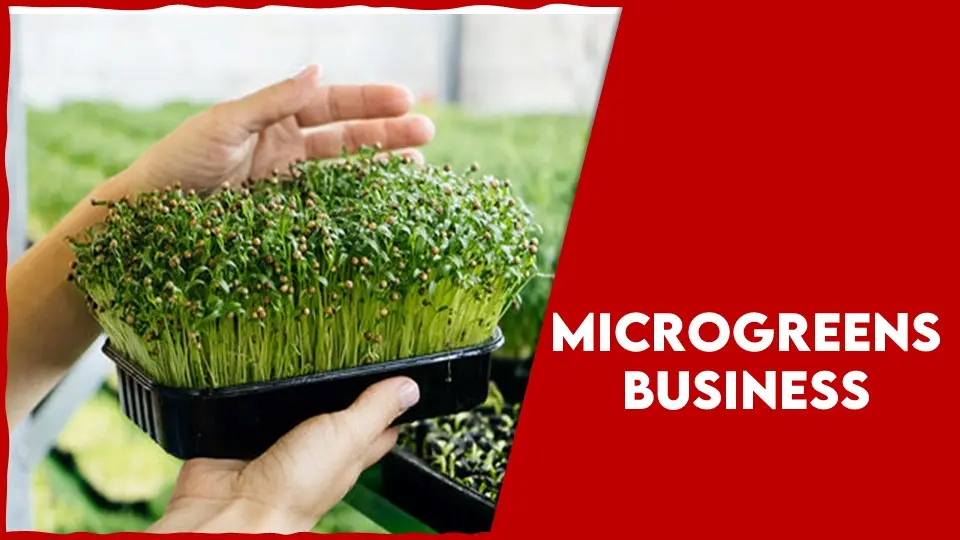
- Where To Buy Wheatgrass – What Would Be The Best

- How to Grow Cilantro Sprouts – The Best Facts One Needs To Know
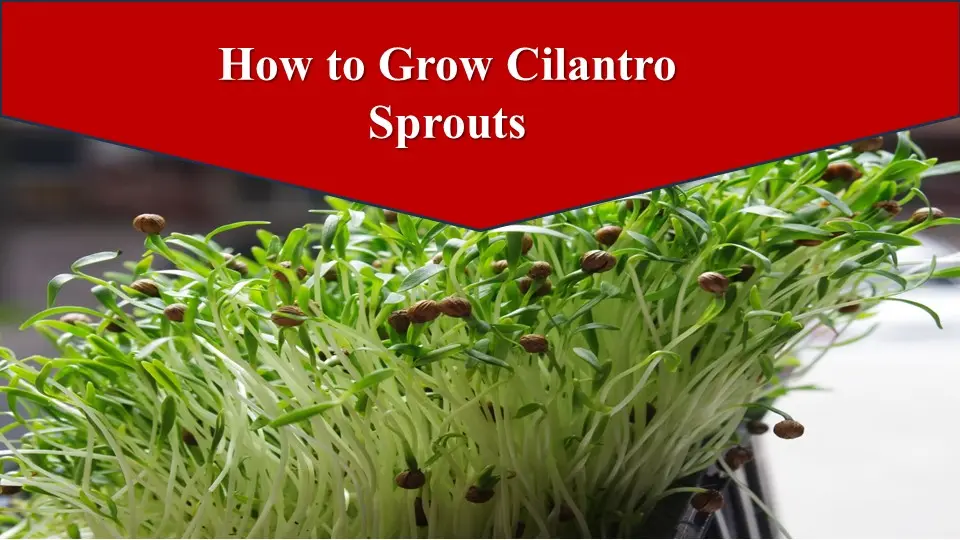
- How To Sell Microgreens – Best Tips To Follow
